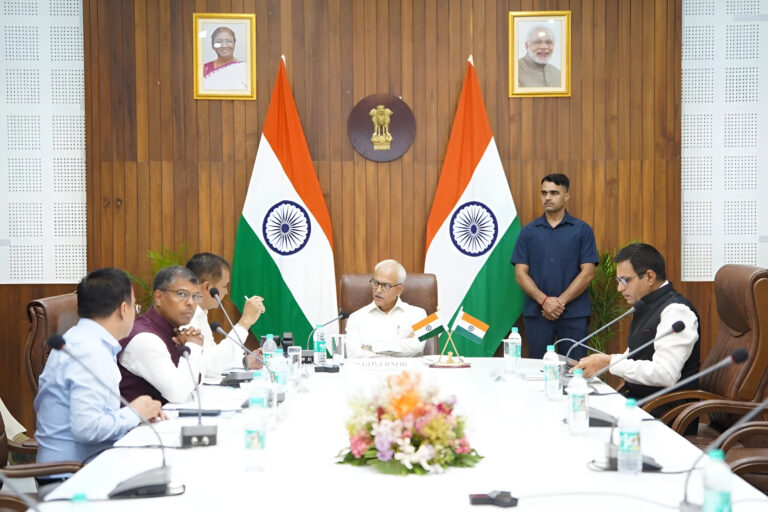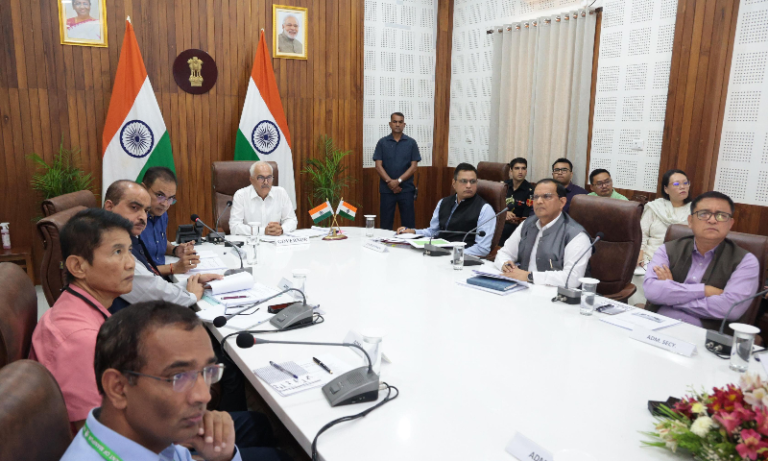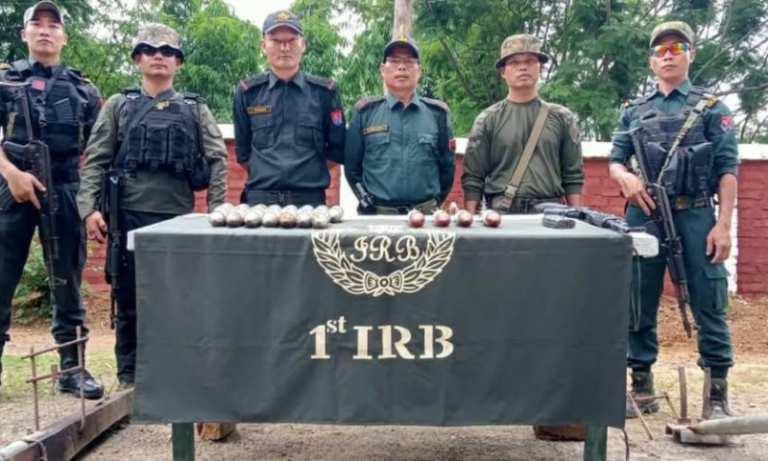Manipur Protests in Kangpokpi District: Violence, Tensions, and Armed Presence
Summary of Recent Events
Manipur’s Kangpokpi district witnessed a surge of violence on January 3, 2025, during a protest rally organized by the Committee on Tribal Unity (CoTU). The rally aimed to demand the withdrawal of Central Security Forces from Saibol village, citing concerns over autonomy and community rights. The situation spiraled out of control when protesters clashed with security personnel, reportedly throwing stones and petrol bombs at government offices. Adding to the tension, individuals armed with sophisticated weapons were seen on the streets, raising alarm and concern about escalating militarization. Several injuries, including to the Superintendent of Police, were reported as authorities scrambled to contain the chaos.
Exploring the Depth of the Kangpokpi Unrest
The Historical Backdrop of the Protest
Manipur, nestled in India’s northeastern corner, is a state with a unique blend of cultures, traditions, and complex socio-political dynamics. Kangpokpi district, predominantly inhabited by tribal communities, has long been a hub of cultural pride and resistance. This recent unrest is part of a broader struggle, deeply rooted in questions of identity, autonomy, and governance.
The protest rally, spearheaded by CoTU, wasn’t an overnight reaction. It was a buildup of frustrations over perceived interference by central forces in local matters. The residents of Saibol village, in particular, felt their autonomy was being compromised, triggering widespread discontent.
The Turning Point: Violence and Escalation
What was intended to be a peaceful demonstration quickly turned chaotic. Thousands of protesters gathered, chanting slogans and marching towards the Superintendent of Police’s office. Frustration boiled over, and some individuals resorted to throwing stones and hurling petrol bombs. Such actions not only endangered lives but also destroyed public property.
Amid the turmoil, an unexpected and alarming element emerged: armed individuals. Dressed in camouflage and carrying advanced firearms, their presence sent shockwaves across the district. Who were they? Why were they armed in a civilian protest? These questions have added a layer of mystery and concern, suggesting an underlying complexity to the unrest.
A Closer Look at the Armed Presence
The sight of sophisticated weapons in the hands of civilians during a protest is not just alarming—it’s a wake-up call. This wasn’t a case of opportunistic rioters but rather an indication of potential militarization among certain groups. The exact origins of these individuals and their weapons remain unclear, but their presence has undoubtedly raised the stakes. It signifies a dangerous shift where peaceful demonstrations could become catalysts for larger conflicts.
Human Impact: Injuries and Fear
At the heart of this unrest lies a human story. Superintendent of Police Manoj Prabhakar, who was injured during the clash, represents just one face of the many affected. Protesters, security personnel, and bystanders alike bore the brunt of the violence. Injuries, both physical and emotional, have left scars on the community.
Beyond the immediate casualties, the psychological impact is profound. Imagine waking up to armed men patrolling your streets or the constant sound of sirens and chaos outside your door. The fear and uncertainty have left the residents of Kangpokpi on edge, questioning their safety and future.
The Government’s Response and Challenges
The government’s reaction has been swift but controversial. Additional forces have been deployed to restore order, but this has been met with skepticism from local communities. For many, the increased presence of central security personnel feels like pouring fuel on an already raging fire.
Balancing immediate security needs with long-term peacebuilding is no easy task. Heavy-handed measures might suppress violence temporarily, but they risk alienating communities further. The real challenge lies in addressing the root causes—acknowledging grievances, fostering dialogue, and rebuilding trust.
Broader Implications: A Reflection of Larger Issues
The unrest in Kangpokpi is more than just a localized issue. It reflects broader challenges in northeastern India—ethnic tensions, demands for autonomy, and the delicate relationship between local communities and the central government. The emergence of armed civilians highlights a dangerous trend, where unresolved grievances can morph into militarized conflicts.
For policymakers, this is a stark reminder of the need for proactive, inclusive governance. Ignoring the voices of marginalized communities only risks deepening divisions and perpetuating cycles of unrest.
Charting a Path Forward
So, how do we move forward? The road to peace in Kangpokpi isn’t straightforward, but it’s not impossible either. Here are a few steps that could pave the way:
- Open Dialogue: The government must engage directly with tribal leaders and organizations like CoTU. Understanding their concerns and working together on solutions is essential.
- Confidence-Building Measures: Gradually reducing the presence of security forces, while ensuring local safety, could help rebuild trust.
- Economic Development: Addressing socio-economic disparities through education, healthcare, and job opportunities can tackle some root causes of unrest.
- Transparent Investigations: Identifying and addressing the role of armed individuals in the protest is crucial. Transparency will prevent misinformation and restore faith in the authorities.
- Community Engagement: Empowering local communities to take part in decision-making processes fosters a sense of ownership and inclusion.
FAQs
- Why did the protest in Kangpokpi escalate into violence?
The protest turned violent due to deep-seated frustrations and actions like stone-pelting and petrol bombs. The presence of armed individuals further intensified the situation. - Who are the armed individuals spotted during the protest?
While their identity remains unclear, they appear to be organized and equipped with sophisticated weapons, raising concerns about militarization. - What steps has the government taken to address the unrest?
The government has deployed additional forces to restore order but faces challenges in balancing security measures with addressing underlying grievances. - How has the unrest affected the local community?
The violence has left many injured and traumatized. The presence of armed individuals and ongoing tension has created fear and uncertainty among residents. - What long-term solutions can prevent such unrest in the future?
Open dialogue, economic development, confidence-building measures, and community engagement are essential steps towards sustainable peace.



